Killer wallpaper?
Earlier this month, the National Library of Medicine announced they had finished digitizing the popular and possibly deadly book Shadows from the Walls of Death: Facts and Inferences Prefacing a Book of Specimens of Arsenical Wall Papers. It is now available for free to the public at no risk of our lives.
“Shadows from the Walls of Death, printed in 1874 and measuring about 22 by 30 inches, is a noteworthy book for two reasons: its rarity, and the fact that, if you touch it, it might kill you.” (Zawacki, 2018) Dr. Robert M. Kedzie a professor of Chemistry at Michigan State Agricultural college (now MSU) created the book in an attempt to call attention to the dangers of arsenical pigments that were extremely popular in wallpaper at the time. The book contains 84 samples of wallpaper colored with arsenical pigment (especially the vivid green colors Scheel’s Green or Paris Green) which he legally purchased from leading wallpaper dealers all over Michigan. At the time, it was known that arsenic was poisonous when eaten but no one knew that the pigment would shed microscopic dust that when inhaled or ingested would slowly poison the inhabitants of the home. Dr. Kedzie created 100 copies of Shadows from the Walls of Death and sent them to public libraries across the state – only 4 are known to exist currently. The other three surviving copies are located at the University of Michigan, Michigan State University, and Harvard University. (Take a look at this great article from Atlas Obscura in 2018.)
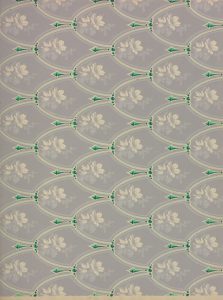
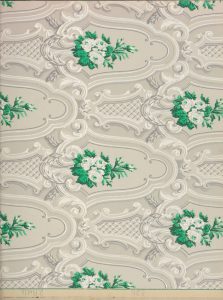
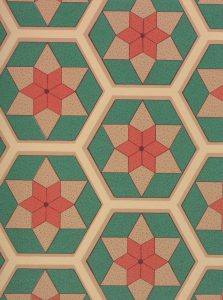
In addition to the fascinating subject matter of this book, it is interesting to note the procedures the National Library of Medicine had to follow in order to digitize the content. NLM worked with NIH Department of Occupational Health and Safety (DOHS) and using equipment at the Smithsonian Libraries, developed a workflow that protected the library personnel and the book during the digitization process. The process and more on the history of arsenic-pigments are described in a three part post in NLM’s blog, Circulating Now: From the Historical Collections of the National Library of Medicine. (Part 1, Part 2, Part 3)
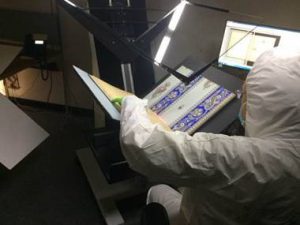
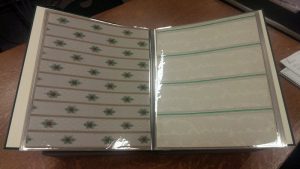

 myLSUHSC
myLSUHSC